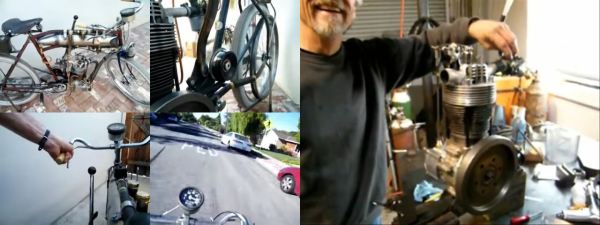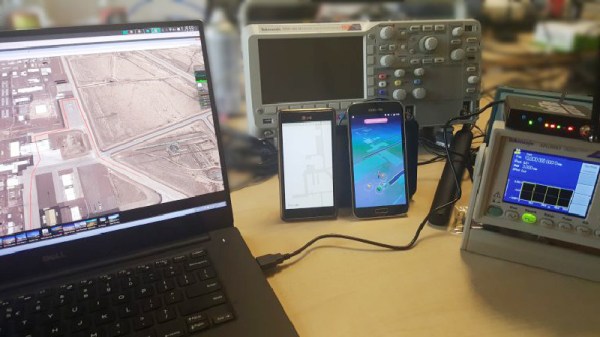There are piles of old 128MB and 256MB sticks of RAM sitting around in supply closets and in parts bins. For his Hackaday Prize project, [esot.eric] is turning these obsolete sticks of RAM into something useful – a big, fast logic analyzer. It’s cheap, and simple enough that it can be built on a breadboard.
If using old SDRAM in strange configurations seems familiar, you’re correct. This project is based on [esot.eric]’s earlier AVR logic analyzer project that used a slow AVR to measure 32 channels of logic at 30 megasamples per second. The only way this build was possible was by hacking an old stick of RAM to ‘free run’, automatically logging data to the RAM and reading it out with an AVR later.
This project expands on the earlier projects by using bigger sticks of RAM faster, with the ultimate goal being a 32-bit, 133MS/s logic analyzer that is more of a peripheral than a single, monolithic project. With a Raspberry Pi Zero, a stick of RAM, and a few miscellaneous logic chips, this project can become anything from a logic analyzer to a data logger to an oscilloscope. It’s weird, yes, but the parts to make this very handy tool can be found in any hackerspace or workshop, making it a great trick for the enterprising hardware hacker.






















